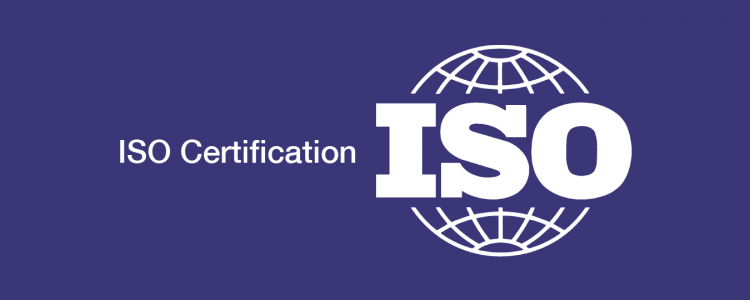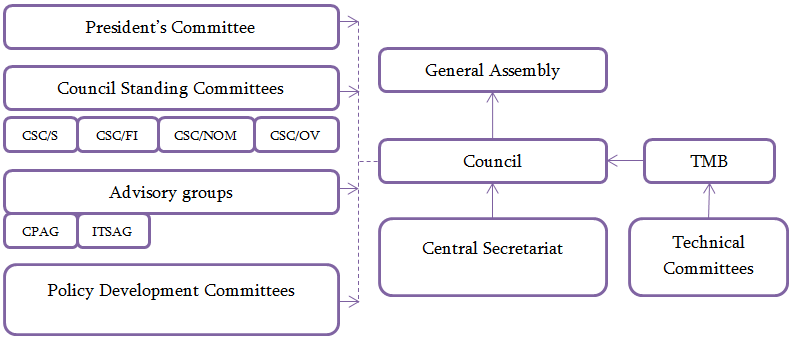
|
Organization Type: Private organization developing standards Charter of Action: ISO Charter, www.iso.org/iso/statutes.pdf Year of foundation: 1947 Head office: Geneva, Switzerland Kind of activety: setting technical standards |
Field of activety: ISO covers virtually all industries - technology, food safety, agriculture, healthcare, etc. Membership: 121 full members, 40 correspondent members, 4 subscriber members. Website: www.iso.org
|
One of the most recognized international organizations in the world is the International Organization for Standardization. In 1946, delegates from 25 countries gathered in London to discuss issues related to unifying industry standards and facilitating their international coordination. This meeting laid the foundation for the creation of the International Organization for Standardization (ISO).
ISO officially began operations on 23 February 1947. It is an independent, non-governmental organization made up of members from the national standards bodies of 165 countries. The three official languages of the ISO are English, French, and Russian.
The purpose of ISO is formulated in the charter of this organization as follows: "To promote the development of standardization throughout the world, to promote the international exchange of goods and to develop cooperation in the field of intellectual, scientific, technical and economic activities."
Benefits of using the ISO standard:
There are three types of membership in the ISO: full members, correspondent members, and subscriber members.
Full members - they are the most representative national standardization bodies in the field of standardization (one body from one country). When voting, they have one vote.
Correspondent members - they are countries whose activities in the field of national standardization are not fully developed. Their contribution is minimal, whereby published international standards and other news publications are provided.. They do not participate in technical work, but can receive information on issues of interest to them. Georgia is a corresponding member country.
Subscriber members - they are countries with small economies but still in contact with ISO.
ISO GOVERNANCE STRUCTURE

ISO standards are voluntary. All countries have the right to use them in whole, in part or not at all. But in a highly competitive global marketplace, entrepreneurs adhere to ISO and other international standards to keep their products highly competitive.